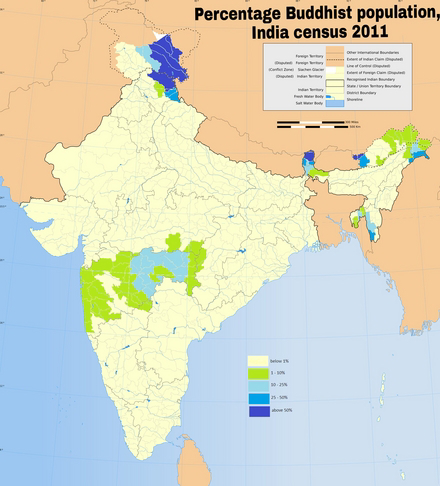Sunday, August 18, 2024
Place Names in Mangalore and their Meanings (In alphabetical order)
Wednesday, August 7, 2024
"India" in various Indian languages.
Tuesday, April 16, 2024
Are Agrawal's Marwadis, Punjabis or Hindites ?
Religious Diversity in Linguistic Group's
Monday, April 15, 2024
Tulu Catholics
TULU CATHOLICS :
During the sixteenth and seventeenth century, a significantly large number of Goan Catholics, migrated to Canara due to a variety of reasons. The arrival of the Christians, particularly from Goa to South Canara was neither completely voluntary no completely peaceful. The migration was the result of religious, political, economic, cultural, social and other causes.Padvals were the local Catholic converts of South Canara and did not mix with the Christian immigrants from Goa.
Jain Converts : Padval is evidently the konkanised form of a Tulu Jain surname Padival, and thus historian Severine Silva in his The Marriage Customs of the Christians in South Canara, India (1965), speculates that the Padvals in the Christian community were Jain converts. Their descendants constitute a minor caste among the Mangalorean Catholics of Dakshina Kannada. According to Mangalorean genealogist Michael Lobo, the major Padval clans are the Rodrigues family of Ambepol, Bantwal, Bejai, Nod and Kadri; Tauro family of Bantwal, Kodialbail and Kankanadi; Lobo family of Bellore, Derebail and Mermajal; and D'Souza family of Bejai, Kadri and Vamanjoor.
The actual mother tongue of these people was tulu but because of intermarriage with konkani catholic, lack of tulu services in church and this was tiny population they later got mixed with major chunk of Konkani Catholic. Thats how their mother tongue tulu was replaced by konkani.
This is the reason we have church services in tamil, telugu, kannada, malayalam, marathi, punjabi speaking Catholics but not Tulu Catholics
The Holy Cross Church, Pavoor, Kasaragod district, Kerala is a Roman Catholic Church (Latin Rite) and the only place in the world where a range of Catholic Church Services are conducted in Tulu.
It comes under Catholic Diocese of Mangalore, It consists of the Dakshina Kannada district of Karnataka, and the northern parts of the Kasargod district up to the Chandragiri river in Kerala. The Chandragiri river is traditionally considered to be a boundary between Tulu Nadu and Kerala. Because Tulu speaking kings ruled over the area like Kanyakumari ruled over by Malayali kings.
Whereas in other the churches in the Diocese of Mangalore and Northern Kasaragod the services are conducted in Konkani, English and Malayalam, the main Holy Mass at Pavoor Church at 7:30 am on Sundays, is in Tulu. The service at 11 am, mainly for children, is in a cocktail of languages. On the first Sunday of the month the service is in Konkani, on the second Sunday in Tulu and on the third and fourth Sundays in Kannada. At the main morning service, the hymns are sung in Tulu, prayers are recited in Tulu and the sermon is preached in Tulu.
The credit for introducing Tulu at Pavoor Church goes to an Italian Jesuit priest who came to Mangalore in 1897. Fr Alexander Camissa, born in 1868 in Italy, spent one year at Suratkal, Mangalore taluk learning Tulu. He continued his Tulu studies at Jeppu Seminary where he was a teacher.
When Fr Alexander started the Pavoor Mission in 1913 it was a barren landscape. He obtained 300 acres (1.2 km2) of land from the government and settled there.
Thus, the Tulu language services were initiated because the original settlers of Pavoor parish were Tuluvas, knowing neither Kannada nor Konkani not malayalm, the dominant church service languages in the region. Even today the original settlers constitute about 95% of the 110 families in the parish, the rest 10 being Konkanis.
Kow Your Roots
Vishal Kodial
Tuesday, March 26, 2024
Know Buddhist Communities in India
Boobamma - skilled community-based health workers
Boobamma were traditional health specialists in rural South India, especially in regions of Andhra Pradesh and parts of Karnataka , and so...

-
Namaskar… In today’s Uncle and Aunt culture, many of our younger generation may not know, how exactly address to someone in thei...
-
Traditional Dresses of Himachal Pradesh: A Cultural Legacy Himachal Pradesh, nestled in the lap of the Himalayas, is known for its breathta...








